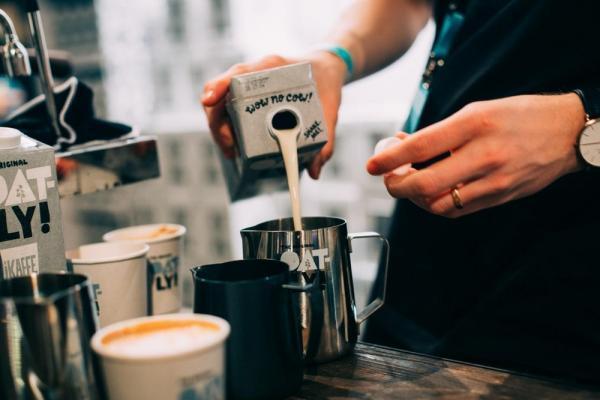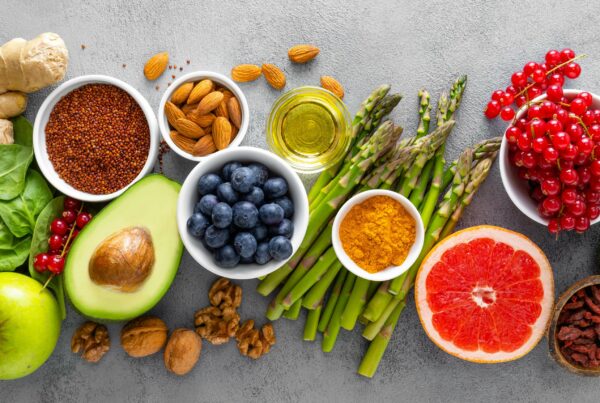Performance is a combination of factors — preparation, conditions, physical readiness, and mindset. The work you put in on the pavement, in the weight room, on the road, or on mat fuels the output in competition.
However, if you train long enough, at some point, you are going to hit a plateau. A plateau is when performances simply go in a linear line — you don’t completely fall off the wagon but the gains don’t come as fast and furious as the beginning. It essentially means that you have adapted or adjusted to the training demands on your body and it’s time to switch it up.
“A plateau is rarely permanent, and it doesn’t define you as a runner,” says Jeffrey L. Brown, an assistant clinical professor in the department of psychiatry at Harvard Medical School, said in a 2017 interview with Runners World. “It just indicates what’s going on with your training—and perhaps your life—at a particular point in time.”
Performance is a process. There’s a formula that can be individualized for your event and for your sport. And that formula is founded in variety. It addresses common causes that show up as plateau symptoms like overtraining, lack of proper recovery, or a mental rut (e.g., over focus, stress, and anxiety).
There are two primary ways to breakthrough:
Variety Option #1: Change your pace
Mix up the frequency and tempo of your workouts. Categorize your training into themed days, such as Speed, Power, Speed-Endurance, and Endurance.
- Speed – High intensity, short distance, maximum/full recovery.
- Power – Weight training and strength building.
- Speed-Endurance – 75-80% intensity with shorter rest periods between sets. This is the most difficult of workout types, so the technical ability and confidence to execute with good form are critical.
- Endurance – Aerobic activity that pushes your cardiovascular endurance.
Variety Option #2: Complement your routine
Complement your fitness regimen by mixing up modality and movement. If your primary workout of choice is running, swimming, biking, yoga, and pilates offer low-impact alternatives for cross-training. HIIT workouts build Type 2 muscle fibers. And weight training adds more power to events. A well-balanced athlete will embrace a routine that integrates biomotor abilities – strength, speed, endurance, flexibility, and coordination – to ensure a solid, functional foundation.
Performance plateaus happen. And if/when you encounter one of your own, find ways to introduce variety to surprise your body back into goal-territory. Changing your pace or complementing a routine with new exercises are two ways to make it happen while still enjoying the core activities that you really love.










